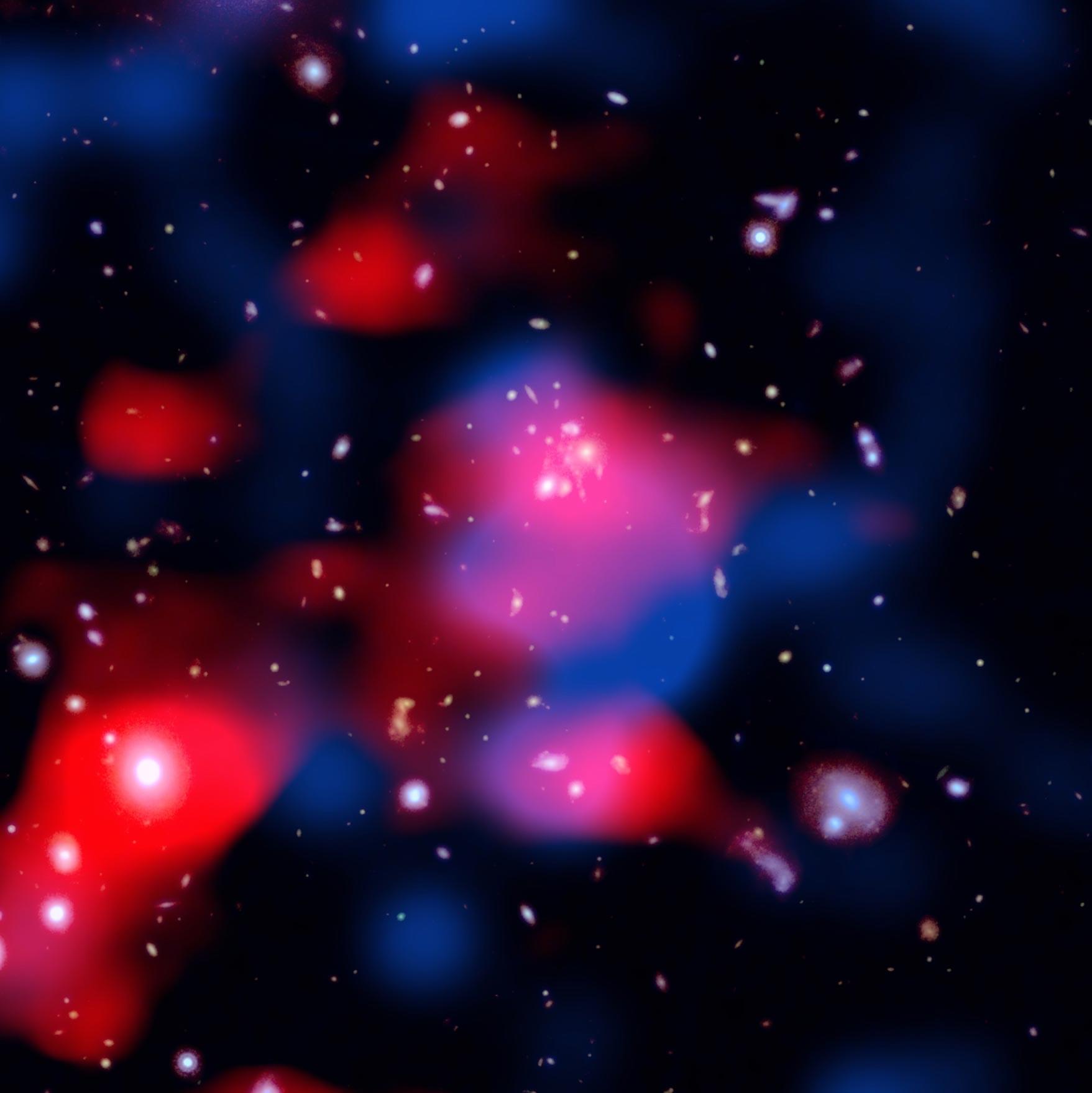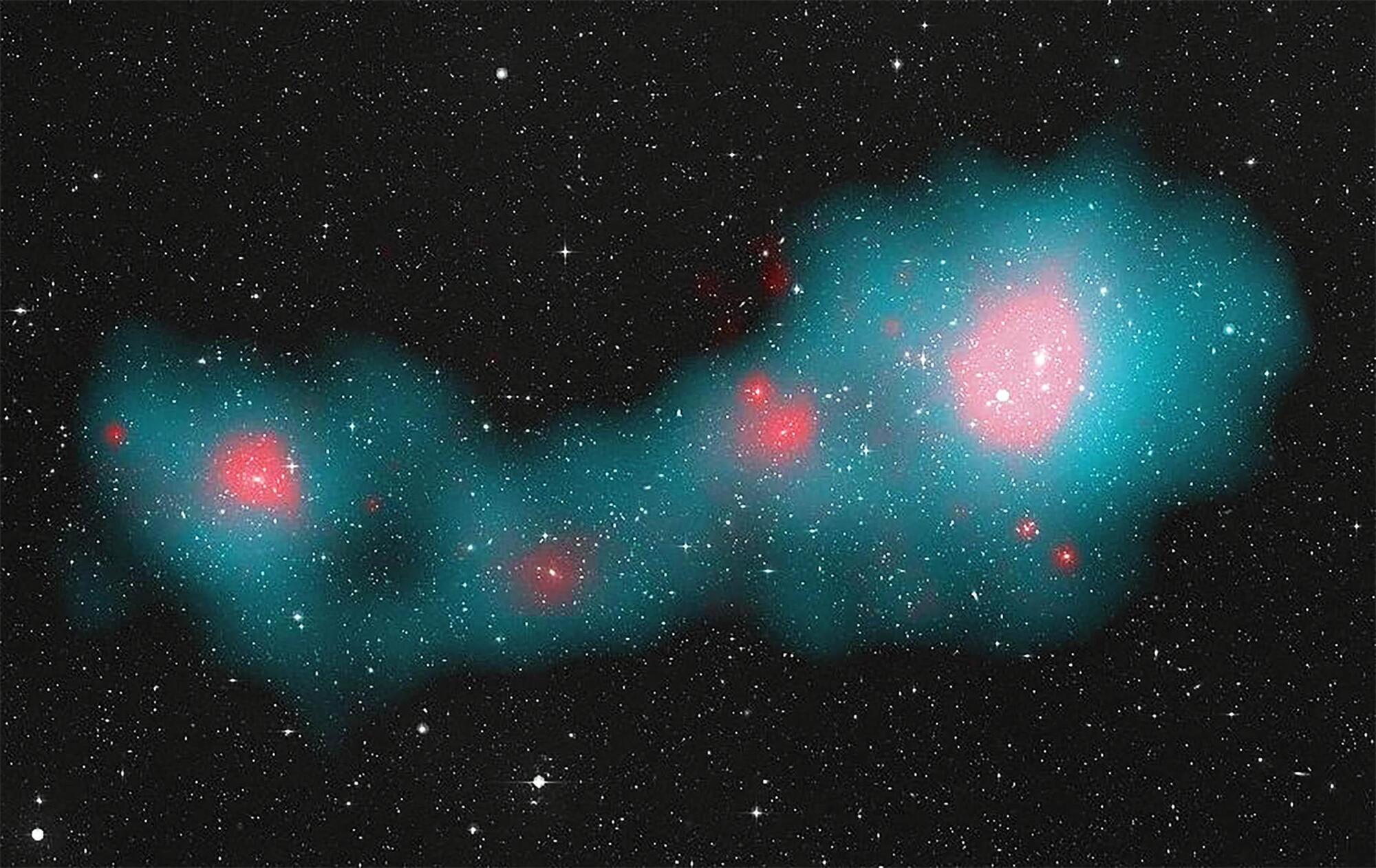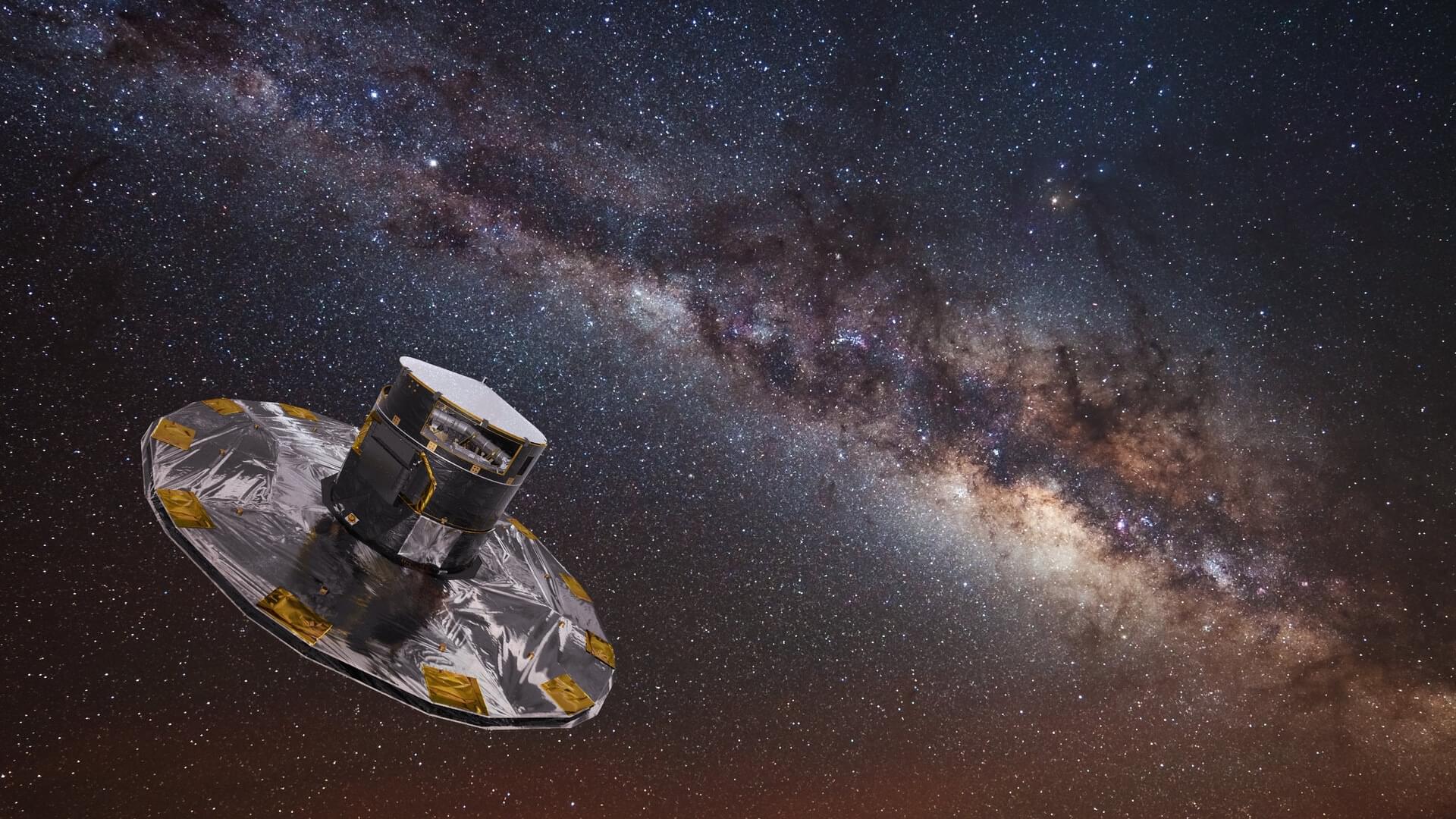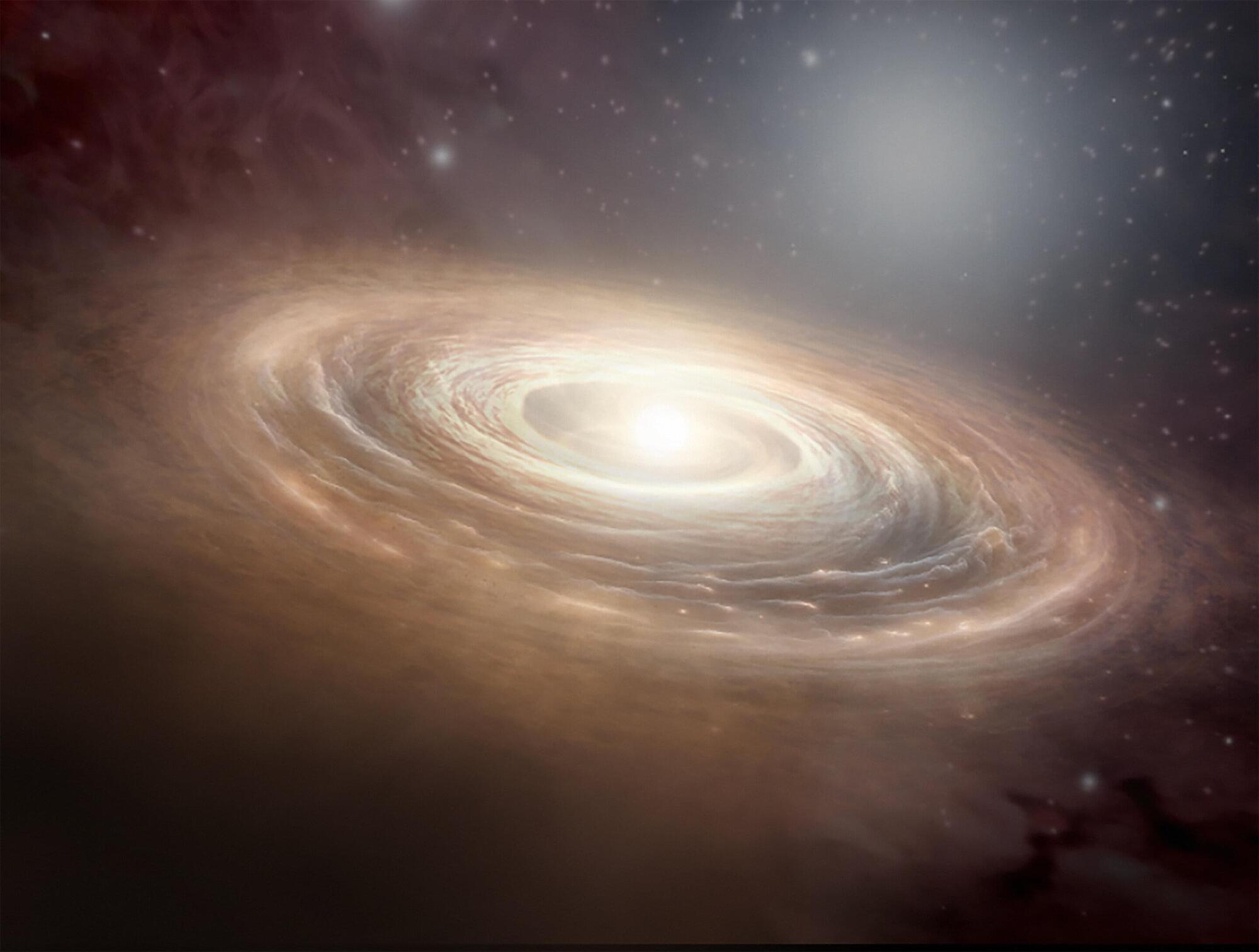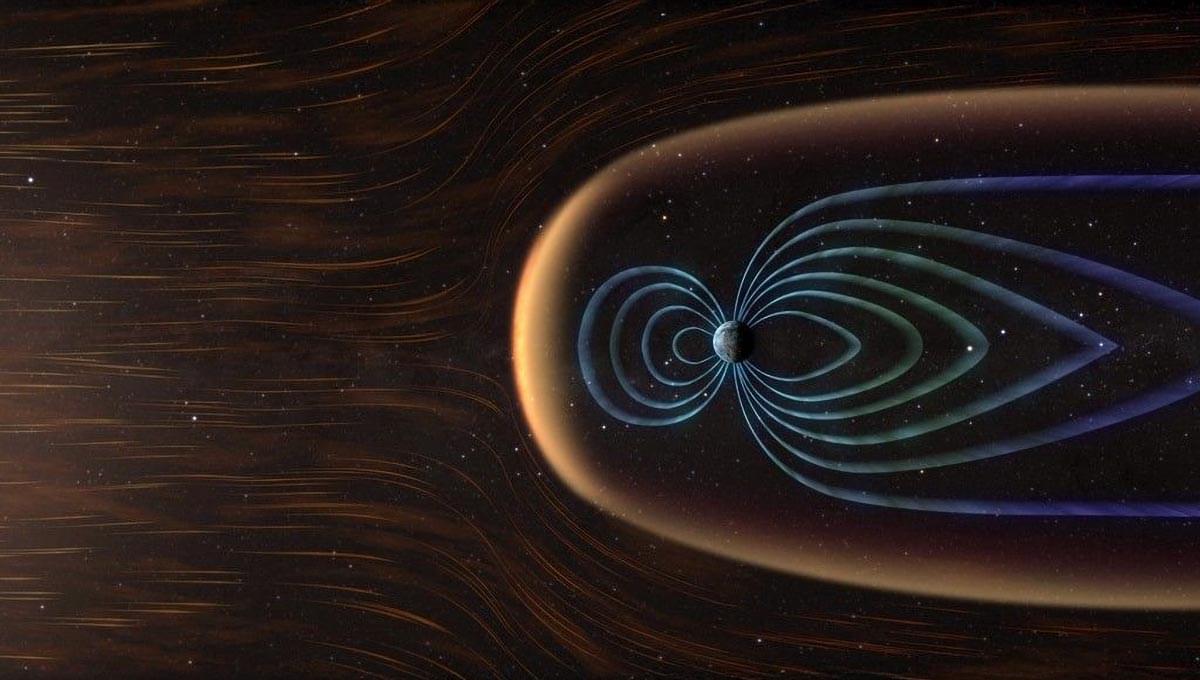Together, Spirit and Opportunity represented the Mars Exploration Rover Mission (MER)—itself part of NASA’s Mars Exploration Program.
The twin missions’ main scientific objective was to search for a range of rocks and soil types and then look for clues for past water activity on Mars. Each rover, about the size of a golf cart and seven times heavier (408 pounds or 185 kilograms) than the Sojourner rover on Mars, was targeted to opposite sides of the planet in locales that were suspected of having been affected by liquid water in the past.
The plan was for the rovers to move from place to place and to perform on-site geological investigations and take photographs with mast-mounted cameras (about five feet or 1.5 meters off the ground) providing 360-degree stereoscopic views of the terrain.



